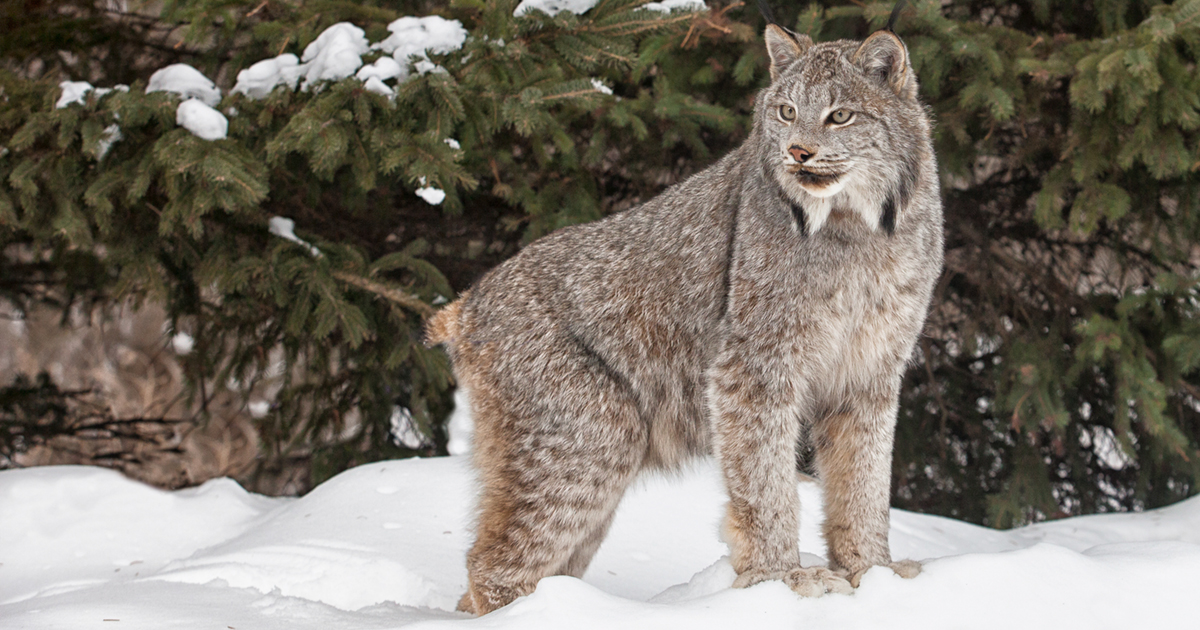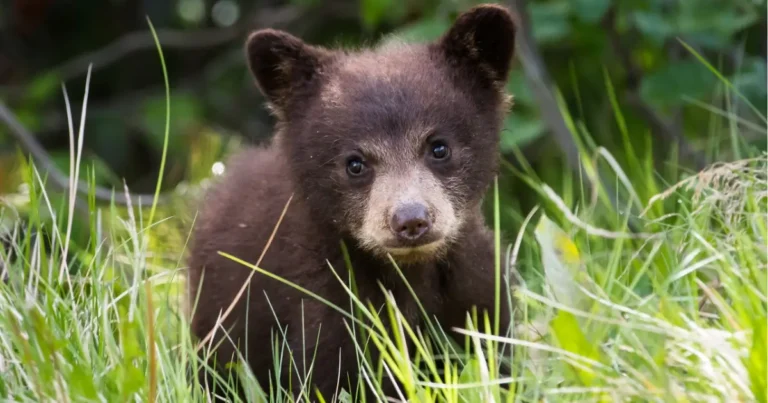
What does it mean to be humane? It’s a term that gets tossed about but is rarely defined in context. The fur industry, for one, will regularly claim that they use humane traps or that farmed fur is raised in a humane way. The facts, of course, indicate something different.
Here’s five things you should know about how fur is obtained in the wild and in confinement:
- Foot-hold and leg-hold traps are legal across Canada. These devices use spring and lever systems to clamp down on whatever appendage of whatever animal happens to press down on the trigger (called the pan). Minor alterations such as padding or spacing between the jaws and a swivel on the anchor chain do not make this trap humane. Animals can and do quickly injure themselves fighting against these traps.
- Snares and Conibear-type traps are legal across Canada. These devices are meant to kill or ‘render irrevocably unconscious’ animals who are caught. Studies by Dr. Gilbert Proulx have shown the low efficacy of killing neck snares and the suffering they cause when used – yet they remain a commonly used tool of the fur trade. Conibear traps require a special tool to open and many people have watched their beloved pets suffer and perish in these devices.
- Traps are indiscriminate. Records show that family pets and at-risk or endangered species are at risk of being caught, injured or killed by traps set for other animals. Despite what steps trappers take to target specific animals, it is virtually impossible to guarantee only their target species will be caught.
- Mink kept on fur farms in Canada are confined to tiny, wire-bottomed cages, row upon row in sheds or barns. Thousands of mink will be kept in these conditions, despite mink being solitary creatures who roam vast territories in the wild. They are killed by gas and skinned for their fur. Mink also produce copious amounts of urine and feces, all of which is damaging to the environment.
- Trappers aren’t required to post signs. It doesn’t matter if they’re on publicly accessible trails, areas popular with families and pets or even provincial parks: there are no laws requiring warning signs in areas with traps. The trapping industry has fought against this common-sense change suggested by The Fur-Bearers for years.
There is ample evidence showing how devastating traps are to all animals, and the inherently inhumane nature of fur farms. While we push for legislative change the biggest impact you can have is to share this article with friends and family and choose in your life to #MakeFurHistory.

